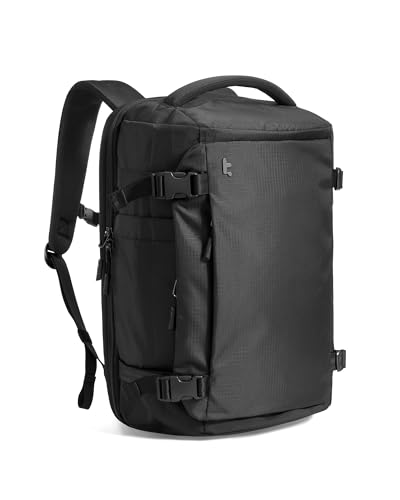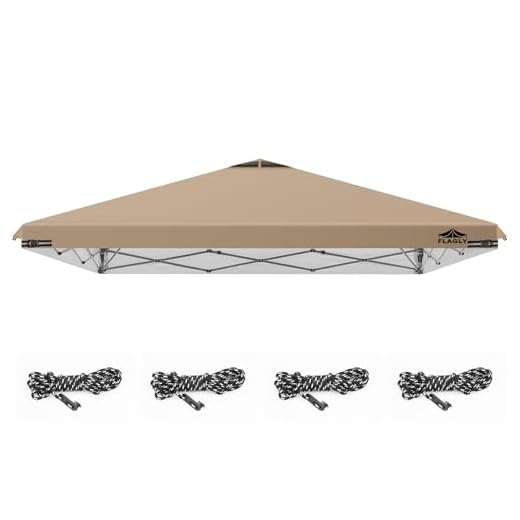
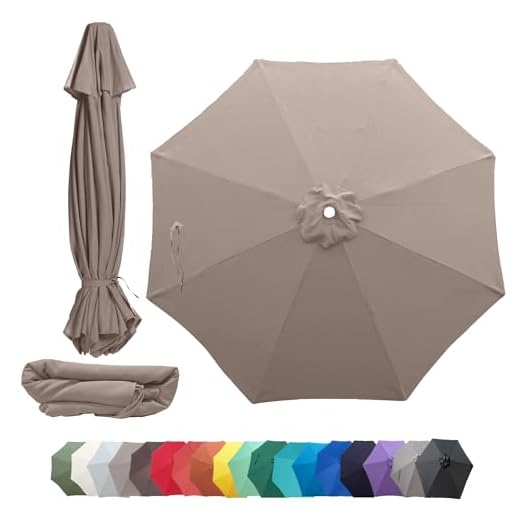
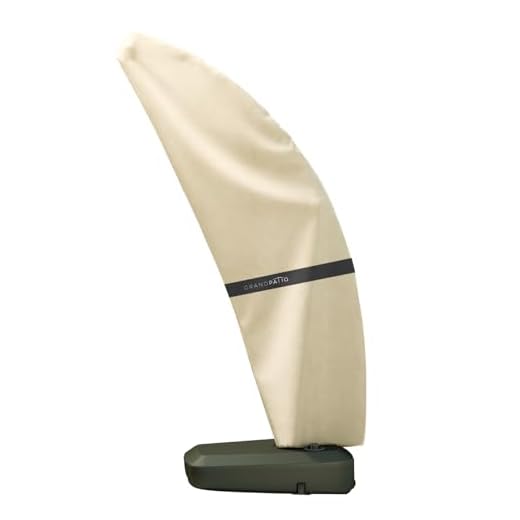
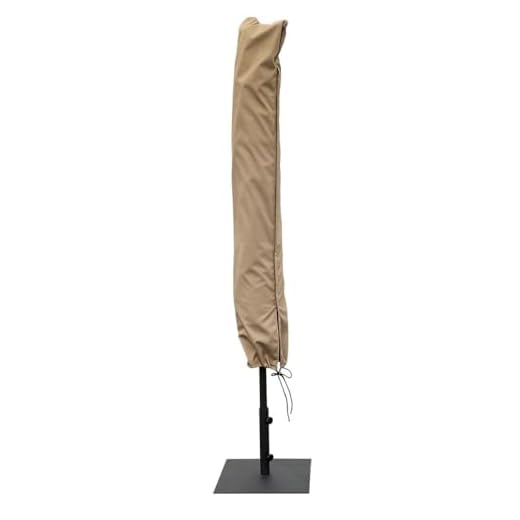
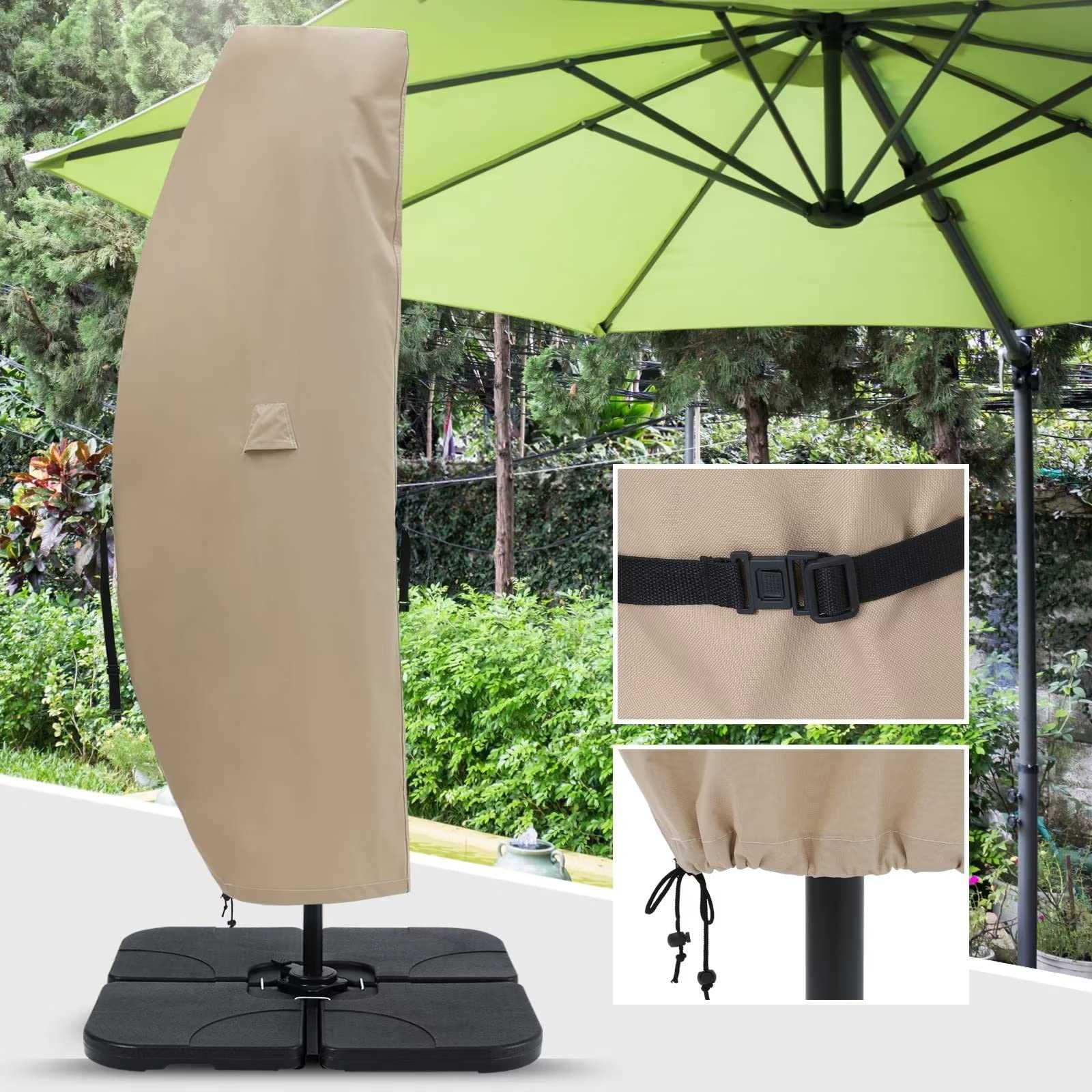
Using a protective cover is the most effective method to shield your canopy from the elements. This article provides practical insights into selecting the right type of cover and maintaining your shelter, ensuring longevity and reliability.
This guide is designed for anyone looking to enhance the lifespan of their outdoor gear, including campers, beachgoers, or anyone who enjoys outdoor activities. You’ll find step-by-step instructions and tips that cater to various types of canopies, from portable to permanent installations.
In this article, we will explore materials that offer optimal protection, methods of securing the cover, and maintenance practices to keep your shelter in excellent condition. By the end, you’ll be equipped with the knowledge to safeguard your outdoor equipment effectively.
Optimal Methods for Protecting a Canopy
Using a protective cover is essential for maintaining a canopy’s integrity and prolonging its lifespan. A well-fitted cover shields against UV rays, moisture, and debris, ensuring that the structure remains functional and visually appealing.
To effectively shield your canopy, select a durable and weather-resistant material. Fabrics with a high denier count are recommended, as they tend to be more robust and resistant to tearing. Additionally, a water-repellent coating can enhance protection against rain and snow.
Key Techniques for Canopy Protection
- Proper Storage: When not in use, store the canopy in a dry, cool place to avoid mold and mildew. Ensure it is clean and completely dry before folding.
- Regular Maintenance: Inspect the canopy regularly for signs of wear or damage. Prompt repairs can prevent further deterioration.
- Use of Tarps: Consider using tarps as an extra layer of protection during extreme weather conditions. Secure them properly to avoid flapping in the wind.
Additionally, consider investing in a fitted cover specifically designed for your canopy’s dimensions. These covers provide a snug fit, minimizing the risk of water pooling or debris accumulation.
Lastly, always follow the manufacturer’s guidelines for care and maintenance. This ensures that the protective measures you take align with the specific materials and construction of your canopy, maximizing its longevity.
Choosing the Right Fabric for Umbrella Protection
Selecting the appropriate material for a canopy is critical for ensuring durability and weather resistance. Fabrics vary in their ability to repel water, block UV rays, and withstand wind, making the choice a significant factor in the longevity of the structure.
Polyester and nylon are popular choices due to their lightweight properties and water-resistant capabilities. However, for enhanced UV protection, consider fabrics treated with special coatings. This adds an extra layer of defense against sun exposure, which can deteriorate the fabric over time.
Key Factors to Consider
- Water Resistance: Look for materials with a high hydrostatic rating, indicating their ability to repel water effectively.
- UV Protection: Fabrics with UV protection treatments can prevent fading and damage from prolonged sun exposure.
- Wind Resistance: Sturdier materials help withstand strong gusts and prevent tearing.
- Weight: Lightweight fabrics are easier to handle but may sacrifice durability.
When evaluating options, it can be beneficial to compare the following materials:
| Material | Water Resistance | UV Protection | Durability |
|---|---|---|---|
| Polyester | Good | Moderate | Moderate |
| Nylon | Excellent | Good | High |
| Vinyl | Excellent | Excellent | Very High |
Ultimately, the right fabric selection plays a significant role in the capability of the canopy to withstand environmental stresses while providing protection and comfort for users.
Step-by-Step Guide to Properly Folding an Umbrella
To ensure longevity and easy storage of your rain shield, proper folding technique is crucial. Follow these steps to neatly collapse your device after use.
First, make sure the canopy is completely dry. Water can promote mold and mildew, damaging the fabric. Once dry, proceed with the following steps for efficient folding.
Folding Process
- Close the Canopy: Hold the handle firmly and push the button or pull the sleeve to retract the canopy completely. Ensure it’s fully collapsed.
- Secure the Canopy: With one hand on the handle, use the other hand to gather the fabric at the top. This keeps it compact.
- Wrap the Fabric: Take the gathered fabric and wrap it around the shaft, making sure it stays tight to avoid any loose ends.
- Fasten the Strap: If your rain shield has a Velcro strap or closure, secure it around the folded fabric to keep everything in place.
- Store Properly: Place the folded item in a dry area, preferably a dedicated space in your bag or a designated storage location.
By following these steps, you will maintain the condition of your rain protection device, ensuring it remains ready for use whenever needed.
Innovative Techniques for Securing an Umbrella Cover
Employing a drawstring mechanism provides a reliable method to fasten a protective shell around a canopy. This technique ensures a snug fit, preventing any unwanted exposure to the elements. The adjustable nature of the drawstring allows for customization based on the size and shape of the structure it encases.
Another effective strategy involves utilizing Velcro straps. This approach allows for quick attachment and detachment, making the process of securing the covering straightforward. The adhesive quality of Velcro ensures that the cover remains firmly in place during windy conditions.
Advanced Materials for Enhanced Protection
Incorporating innovative fabrics can significantly enhance the durability of a shelter’s protective layer. Materials such as ripstop nylon offer resistance to tearing, while waterproof coatings prevent moisture accumulation. These advancements not only prolong the lifespan but also improve user experience by keeping the surface dry.
Additionally, reflective coatings can be applied to minimize heat absorption, making it more comfortable to handle in sunny conditions. This feature extends the usability of the shelter in various weather scenarios.
- Consider using lightweight, breathable materials to facilitate airflow.
- Implement reinforced stitching to withstand stress and wear.
- Explore modular designs that allow for easy replacement of individual parts.
Experimenting with folding mechanisms can also enhance the portability of the covering. A telescopic design allows for compact storage, making transportation more manageable.
- Test various closure methods to find the most convenient option.
- Evaluate different shapes to optimize coverage.
- Investigate eco-friendly materials for sustainable practices.
Each of these techniques contributes to creating a superior protective solution, ensuring longevity and functionality. Prioritize regular maintenance to preserve the integrity of the materials and mechanisms used.
Maintenance Tips for Longevity of Canopy Protectors
Regular cleaning is essential for preserving the integrity of your canopy protectors. Use mild soap and water to remove dirt and stains, ensuring to rinse thoroughly to prevent soap residue. Avoid harsh chemicals that can degrade materials over time.
Proper storage plays a significant role in extending the lifespan of your protective coverings. Always fold them neatly and store in a cool, dry place away from direct sunlight, which can cause fading and deterioration.
Additional Care Recommendations
- Inspect for Damage: Regularly check for tears, fraying, or worn areas. Address any issues immediately to prevent further deterioration.
- Avoid Heavy Loads: Do not place heavy objects on top of the coverings, as this can lead to deformation or damage.
- Use a Moisture Barrier: If storing in damp conditions, consider using moisture-absorbing packets to prevent mold growth.
- Reapply Water-Repellent Treatments: Periodically treat with a water-repellent spray to maintain protection against rain.
By following these maintenance tips, you can ensure the durability and functionality of your canopy protectors for years to come.
Best way to cover an umbrella
Features
| Part Number | uWdjV2JiF-jLJ8-gray |
| Color | Grey. |
| Size | 9.84*13.1ft |
Features
| Part Number | 101 |
| Model | 101 |
| Color | Khaki |
| Size | 10x10ft |
Features
| Part Number | top 9x8 |
| Model | 9ft 8 ribs canopy taupe |
| Color | Taupe |
| Size | 9 ft x 108 inches |
Features
| Model | Umbrella Cover |
Features
| Model | THE-MCOVER |
| Color | Beige |
Features
| Part Number | Durable Spill Prevention Umbrella Jacket |
| Model | Recyclable Lobby Umbrella Bags |
| Warranty | GUARANTEED FOR LIFE. We offer a No-Nonsense Lifetime Satisfaction Guarantee on all of our Long Umbrella Carrying Bag Bulk Refills. If at any point you're not 100% happy, just send us an email, and we promise to make it right! |
| Color | Transparent |
| Size | 500 Pack |
Video:
FAQ:
What materials are best for covering an umbrella?
The most common materials used for umbrella covers include polyester and nylon, both of which offer good water resistance and durability. For a more upscale option, acrylic fabrics can provide excellent UV protection and longevity. When choosing a cover, it’s important to consider factors like weather conditions in your area and how often you plan to use the umbrella. Additionally, look for covers that have a waterproof coating to ensure they withstand rain and moisture over time.
How do I properly measure my umbrella for a cover?
To measure your umbrella for a cover, first, extend the umbrella fully and measure the diameter of the canopy from one edge to the opposite edge. Then, measure the height of the umbrella from the bottom of the pole to the top of the canopy. It’s also helpful to note the shape of your umbrella—round, square, or rectangular—as this will affect the type of cover you need. Always refer to the manufacturer’s sizing guide to ensure a proper fit.
Can I use a regular tarp to cover my umbrella?
While a regular tarp can provide temporary protection, it is not recommended for long-term use as a cover for your umbrella. Tarps may not fit securely or snugly, which can lead to wind getting underneath and potentially damaging the umbrella. Additionally, tarps may not be designed for outdoor exposure, leading to wear and tear over time. It’s best to use a cover specifically designed for umbrellas to ensure a better fit and optimal protection.
What are some tips for storing an umbrella cover during the off-season?
To store an umbrella cover during the off-season, first, make sure it is clean and completely dry to prevent mold and mildew. Fold the cover neatly and consider placing it in a breathable storage bag to protect it from dust and pests. Store it in a cool, dry place away from direct sunlight to prevent fading and degradation of the material. If possible, keep it in a location that is easily accessible for quick setup when the season changes.




